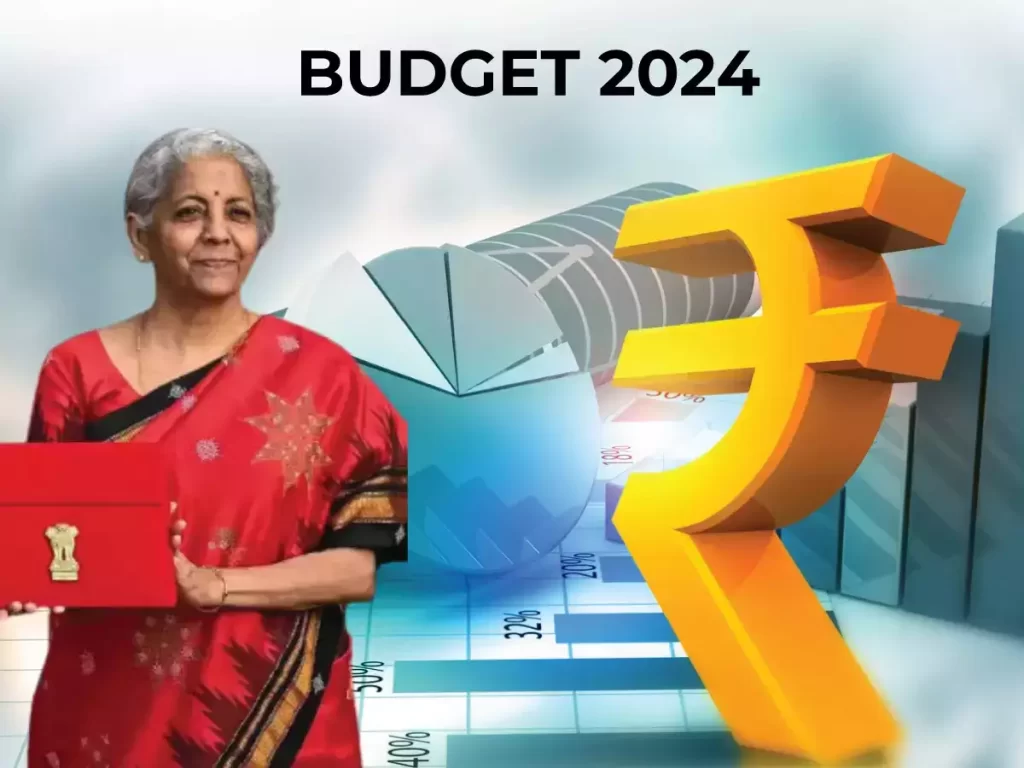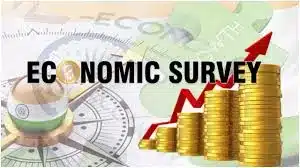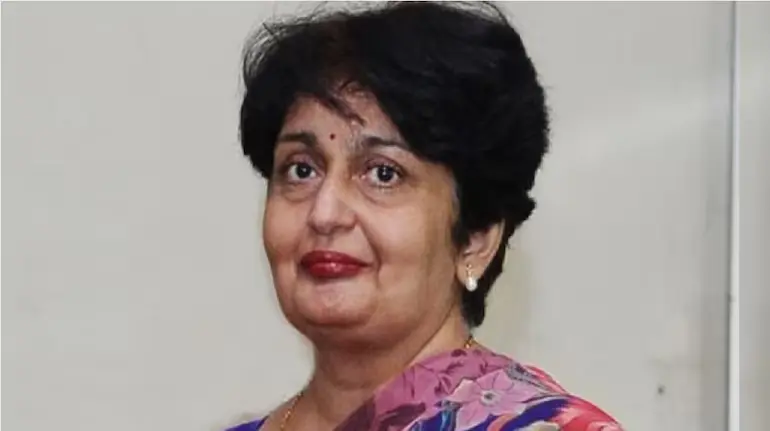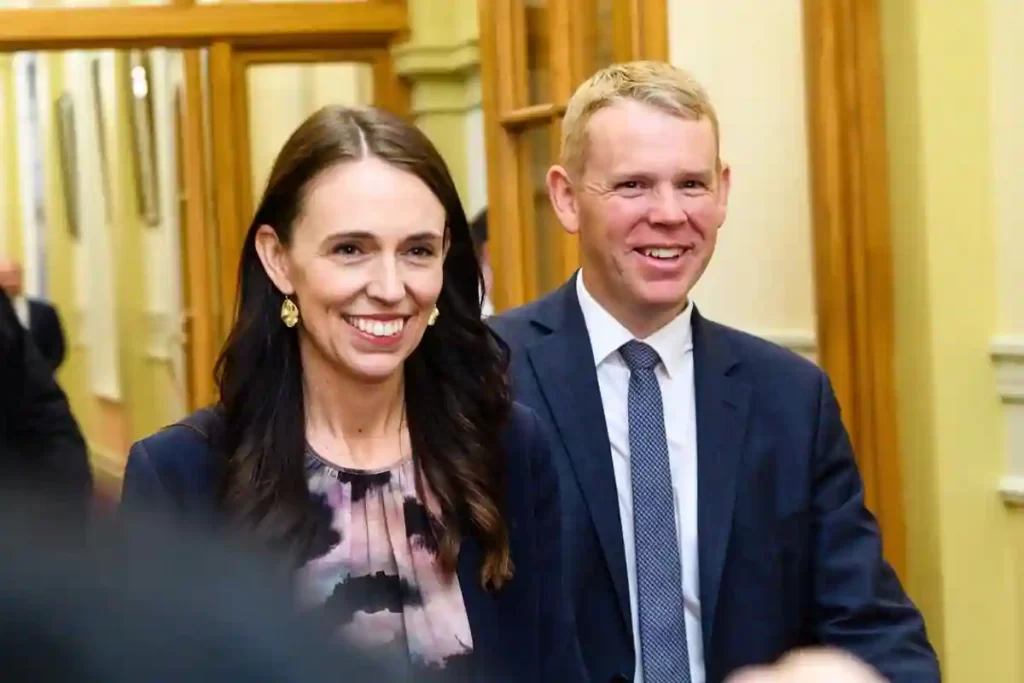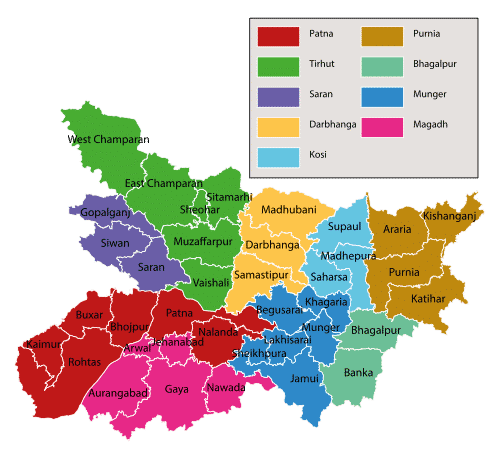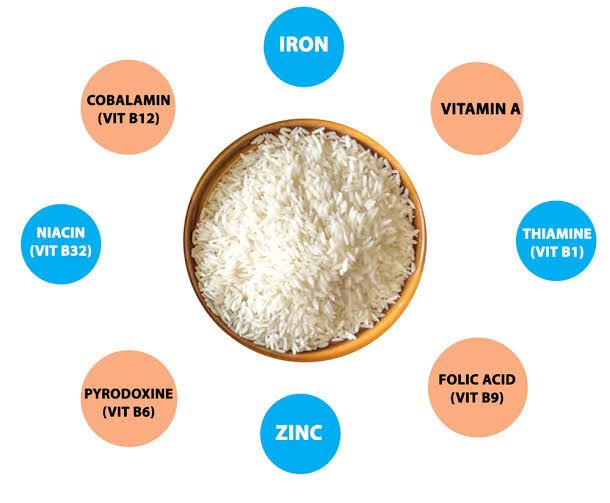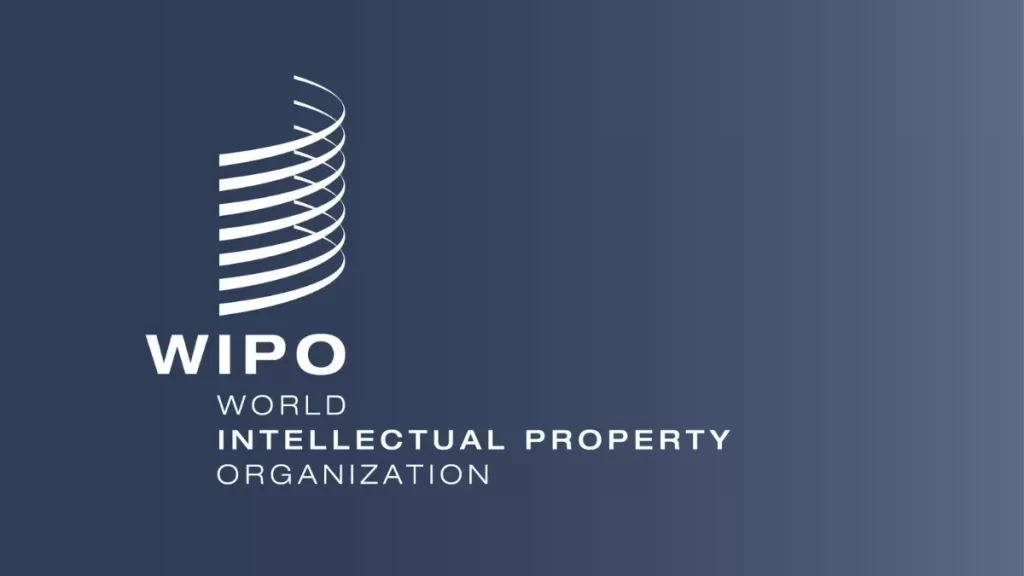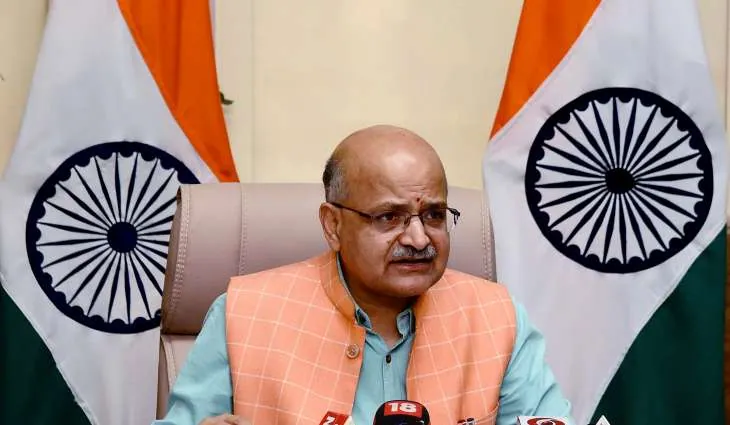National Education Policy 2020
The Union Cabinet approved a new national education policy on july 29 after a gap of 34 years.
- India has had three to date.
- The first came in 1968 and the second in 1986, under Indira Gandhi and Rajiv Gandhi respectively; the NEP of 1986 was revised in 1992 when P V Narasimha Rao was Prime Minister.
- The third is the NEP released on 29th july, 2020 under the Prime Ministership of Narendra Modi.
Why NEP is needed?
- A National Educational Policy or NEP is a comprehensive framework to guide the development of education in the country.
- The need for a policy was first felt in 1964 when Congress MP Siddheshwar Prasad criticised the then government for lacking a vision and philosophy for education.
- The same year, a 17-member Education Commission, headed by then UGC Chairperson D S Kothari, was constituted to draft a national and coordinated policy on education.
- Based on the suggestions of this Commission, Parliament passed the first education policy in 1968.
Key proposals of NEP 2020 :-
On School Learning :
- It proposes to change the school curricular structure from the current 10+2 with a 5+3+3+4 structure corresponding to the age groups 3-8 years (foundational stage), 8-11 (preparatory), 11-14 (middle), and 14-18 (secondary).
- Bringing children from ages 3 to 5 years within the formal education system.
- The mid-day meal programme will be extended to pre-school children.
- A mission for foundational literacy and numeracy.
- Students until class 5 should be taught in their mother tongue or regional language.
- Free breakfasts being added to free lunches in government schools.
- Vocational education along with internship from class 6.
- Proposed redesign of the board examination.
- The three languages learned by children will be choice of states, regions & of the students, so long as at least two of the three languages are native to India.
On Higher Education
- The higher education policy aims to increase gross enrollment from 26.3%(2018) to 50% in 2035.
- The exit options are good – a certificate after year 1, a diploma after year 2, and multidisciplinary degree after four years.
- A new umbrella regulator has been proposed with separate verticals for regulation, standard setting, accreditation and funding. It will absorb arts & science, technical and teacher education into its fold replacing several existing regulatory bodies(like UGC and AICTE) and also ensure a level playing field for public and private players.
- Top foreign universities will be allowed to setup campuses in India. They will be given special dispensation regarding regulatory, governance, and content norms on par with other autonomous institutions of India.
For students
- Introduction of four years undergraduate degrees with options for entry and exit at various stages.
- A credit transfer system.
- Abolition of the M.phil programme.
Digital Learning
- A National Educational Technology Forum(NETF) would be created.
- E-Courses will be developed in eight regional languages initially and virtual labs will be developed.
Timeline for Implementation
- The policy is meant to transform the education system by 2040.
- Some proposals will be implemented immediately like change in the name of Ministry of HRD to Ministry of Education.
- Multiple entry and exit options will be introduced in the 20 IoEs(Institute of Eminence) from the 2020-21 academic year, while others continue with the existing three year degree courses.
- The NTA will introduce a pilot version of the common entrance test by Dec 2020, which will be used for admission to all IoEs and central universities in 2021.
- Some IITs are working on developing the technical structure of the Academic Credit Bank, which will also be established by December and become applicable to all new students joining central universities next year.
- The National Foundational Literacy & Numeracy mission which is to be implemented by 2025 will be launched by this year.
- The NCERT will introduce a framework for the new school structure including early childhood care by the next academic year.
Difficulties in implementation:-
- The NEP only provides a broad direction and is not mandatory to follow.
- Since education is a concurrent subject (both the centre and state governments can make laws on it), the reforms proposal can only be implemented collaboratively by the center and states.
- This will not happen immediately. The government has set a target of 2040 to implement the entire policy.
- Sufficient funding is also crucial. An increase in government funding of education to 6% of GDP will be sufficient to cover the financial implications of the NEP.(currently India spends 3% of its GDP on education).
- The proposal to make the mother tongue the medium of instruction till class 5 is dependent on the state government.
Evolution of Education Policy :
- University Education Commission (1948-49)
- Secondary Education Commission (1952-53)
- Education Commission (1964-66) under Dr. D.S. Kothari
- National Policy on Education, 1968
- 42nd Constitutional Amendment,1976-Education in Concurrent List
- National Policy on Education (NPE), 1986
- NPE 1986 Modified in 1992 (Program of Action, 1992)
- T.S.R. Subramaniam Committee Report (27 May, 2016)
- Dr. K. Kasturirangan Committee Report (31 May, 2019)
Also refer :
- Download the pdf of Important MCQs From the History Of Ancient India
- List Of Important Inscriptions In India
- Geography Study Materials : click here.
